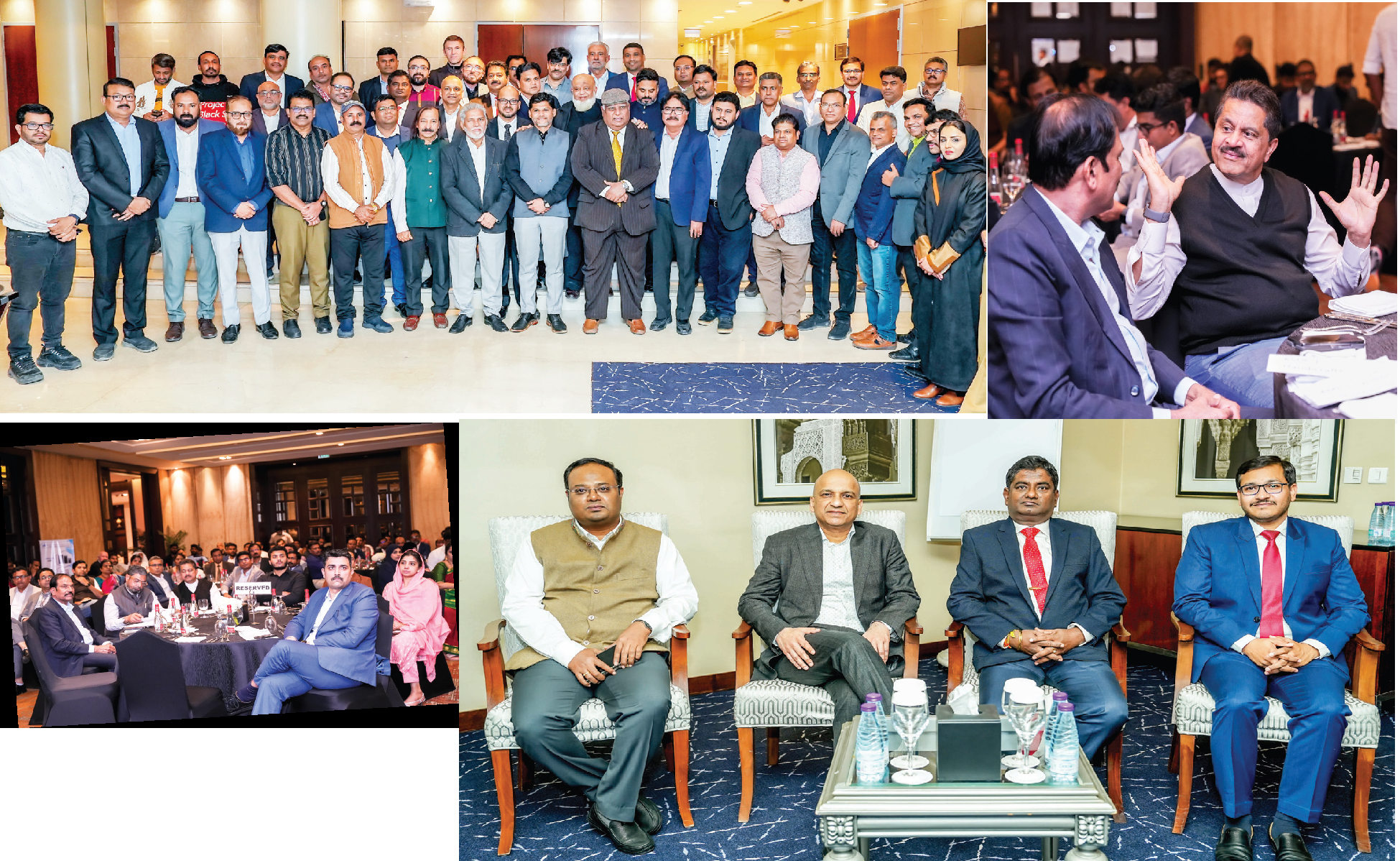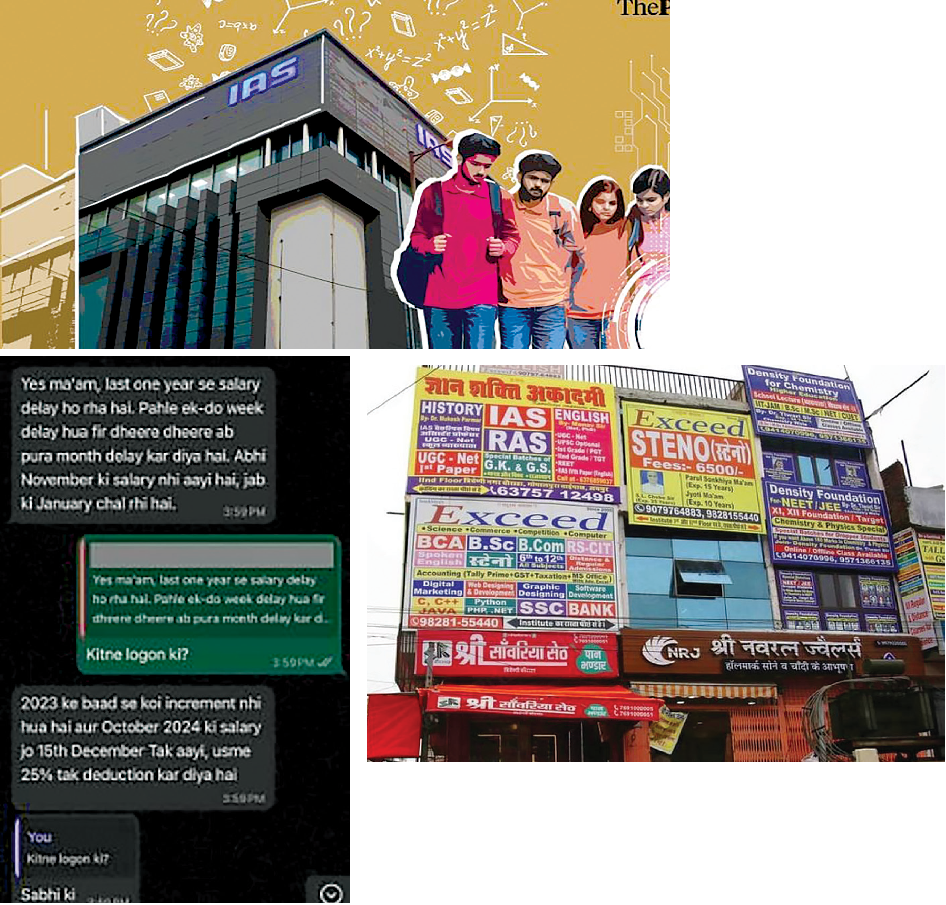
The art of embellishing
The Lambani art of embellishing is a display of bold stitches, bright colours and patched fabrics
Rachana Ramesh
With arms full of ivory and glass bangles, a chain of old coins hanging from the neck, twisted hair locks on the side of the cheeks and colourful clothes with small shining mirrors and cowrie shells, Parvathi Bhai sits in her stall. She’s working on embroidering a piece of sari while hundreds walk by her make-shift store, Sandur at Designuru.
Parvathi Bhai, comes from Sandur, a town in the Bellary district with a significant population belonging to the Lambani community. “If you go seven kms from Sandur, there is our thanda (a community) in Sushila Nagar. That’s where I come from,” says she. Lambani or Banjara tribe, whose members originally moved to South India from Rajasthan along with the Mughal army in the 16th century, have settled in and around the Bijapur district of Karnataka. Famous for their stitches, colour palette and the choice of fabrics, their art has remained unchanged for centuries. “It is the culture of my caste. I must wear it. Even if my husband dies, I must take off a few jewellery pieces as a sign of grief but on the whole, I would still look bright”, she adds. Today, Lambani women have put their rich heritage of embroidery and handicrafts on the international map by adapting to the many challenges time has brought them. The craft is now not only restricted to clothes but has moved to things like bags, pouches, cushion covers and jewellery.
Traditionally, Lambani women make embroidered handicrafts by scrap –- taking threads from an old sari and sewing patches of cloth together. This is then embellished with embroidery alongside mirror work, cowrie shells, beads and coins. While still young, daughters are taught embroidery by their mothers. Embroidery is the most important aspect when it comes to their dresses . Daughters are gifted with these ‘handmade with love’ dresses when they get married. “It takes us six months to finish an entire dress that you often see us wearing. We do it all by hand ourselves and if we get it done someplace else, it would cost exorbitant amounts,” says Parvathi. Their embroidery is distinct for using cowries, mirrors, geometric patterns and bold colours.
Sandur embroidery is nurtured at Sandur Kushala Kala Kendra (SKKK). Started in 1984 by a local teacher Mahalaxmi, by bringing together a few local Lambani women to work , through word o f mouth the thought reached influential people. One of the many happened to be M Y Ghorpade, a member of the erstwhile royal family of Sandur, who supported the initiative leading to the official set up of SKKK. “I have been doing this for 40 years and now I have 300 more women working along with me”, says Parvathi. The artisans are paid a salary along with benefits like a subsidised ration, bonus and provident fund. Lambani embroidery was given t he Geo - graphical Indication (GI) tag in 2010 owing to the unique process behind creating a piece. “We go everywhere. Our customers are not restricted to the national boundaries but are foreign too”, she adds. The prices start from Rs 1,000 and go up to Rs 15,000. And the products are sold in Mumbai, Goa, Bengaluru, Kolkata and Chennai besides being exported overseas.
“We have a store here in Bengaluru with bags, jewellery and a wide range of other products which are all made from hand. We also come down from our village and stay here for months if need be”, she says. Radha Bhai is accompanying her aunt Parvathi on the long way from home trip to Bengaluru and is very proud to showcase her culture. Contemporising the craft has helped take it to a wide audience but its strong and powerful look makes it difficult to translate a piece into something that goes with the evolving times. However, Lambanis are highly skilled, allowing them to adapt to a wide range of styles without having to lose their original essence. “It is nice to have something in your closet that holds a cultural value. Not a mere mass-produced, corporate commodity. The amount of time and effort put into these handicrafts is what makes me want to buy them,” says a visitor at the festival.
 English daily published in Bengaluru & Doha
English daily published in Bengaluru & Doha






